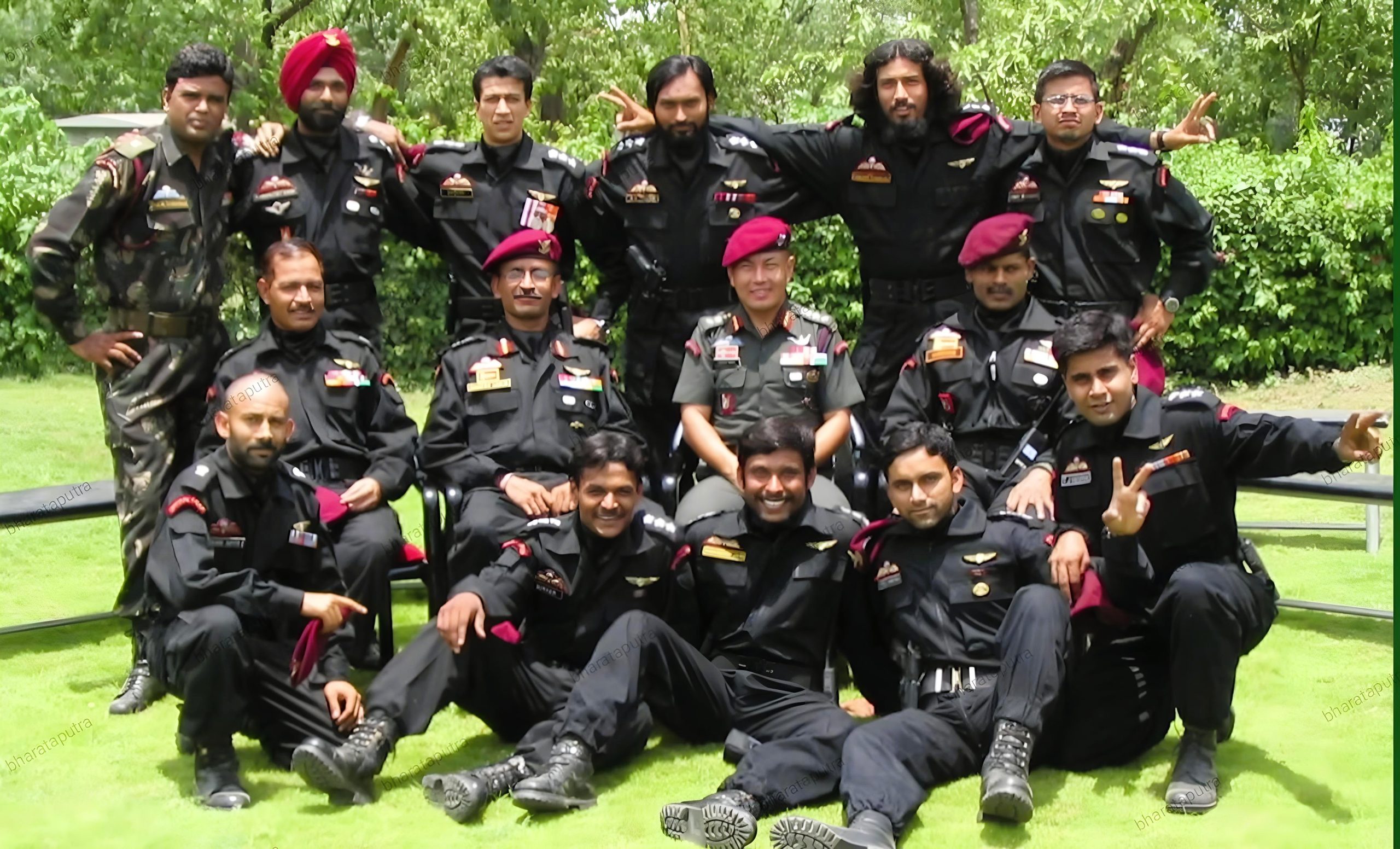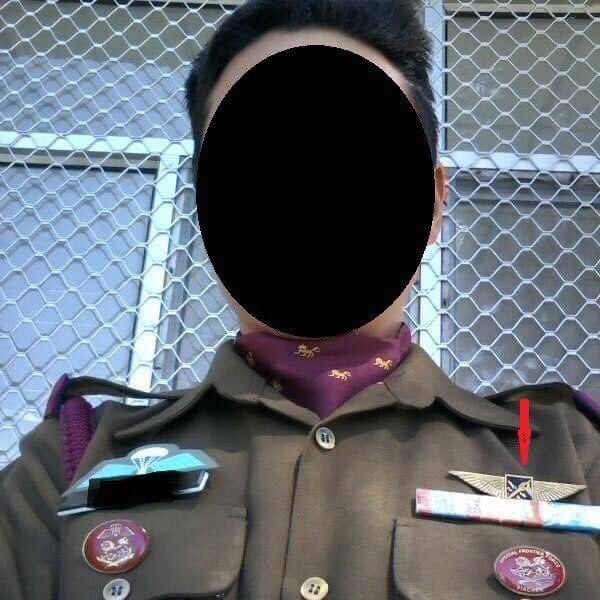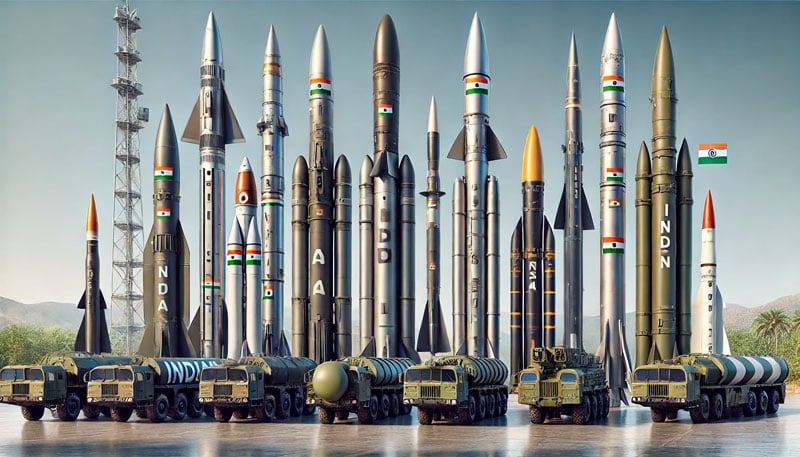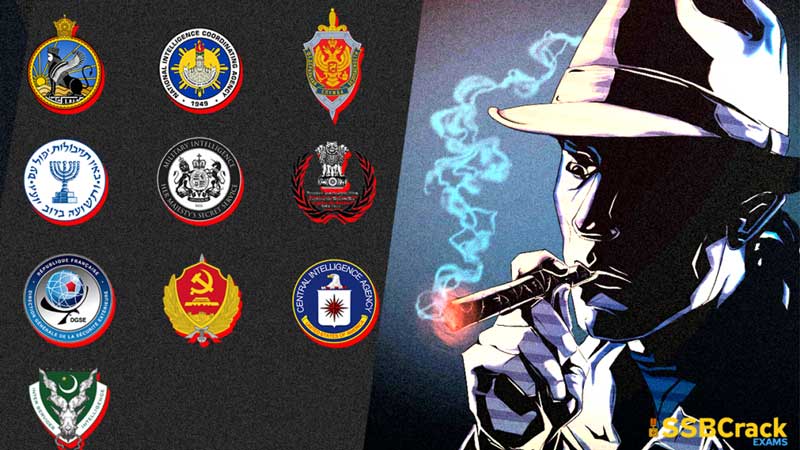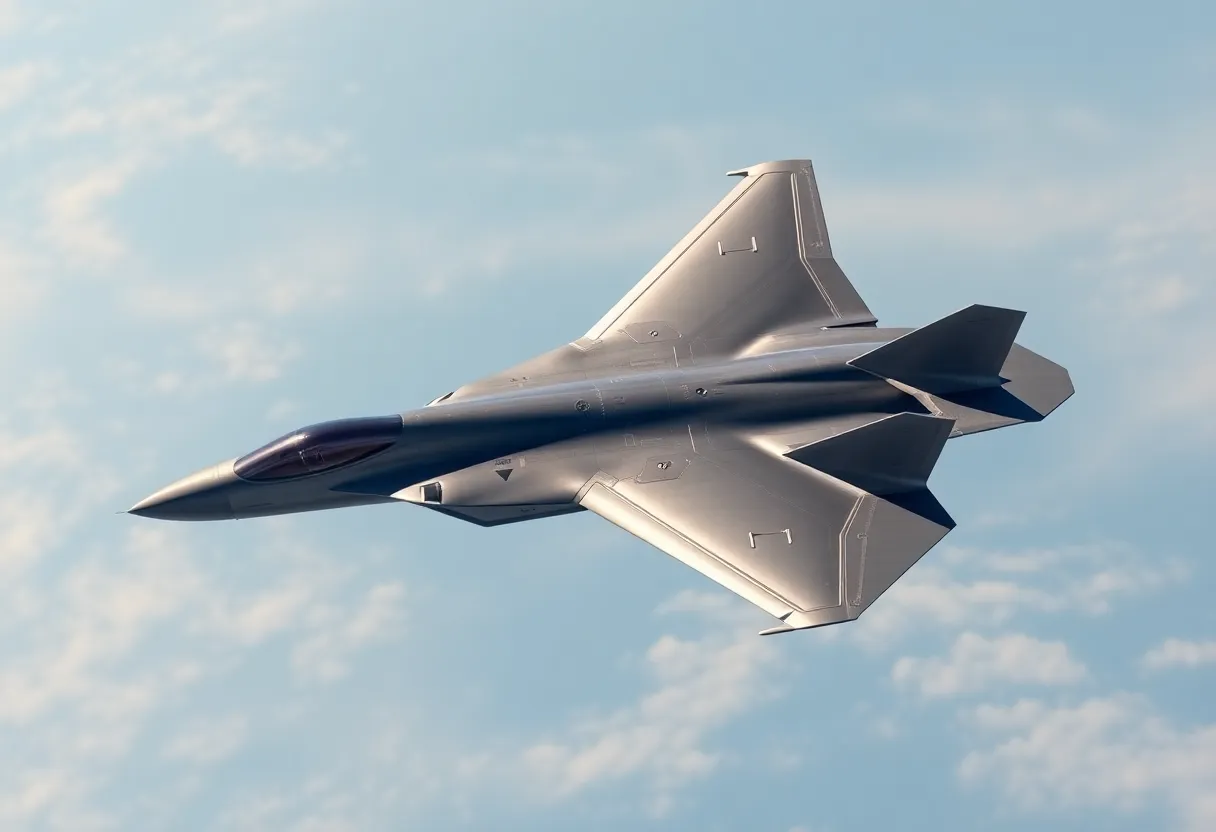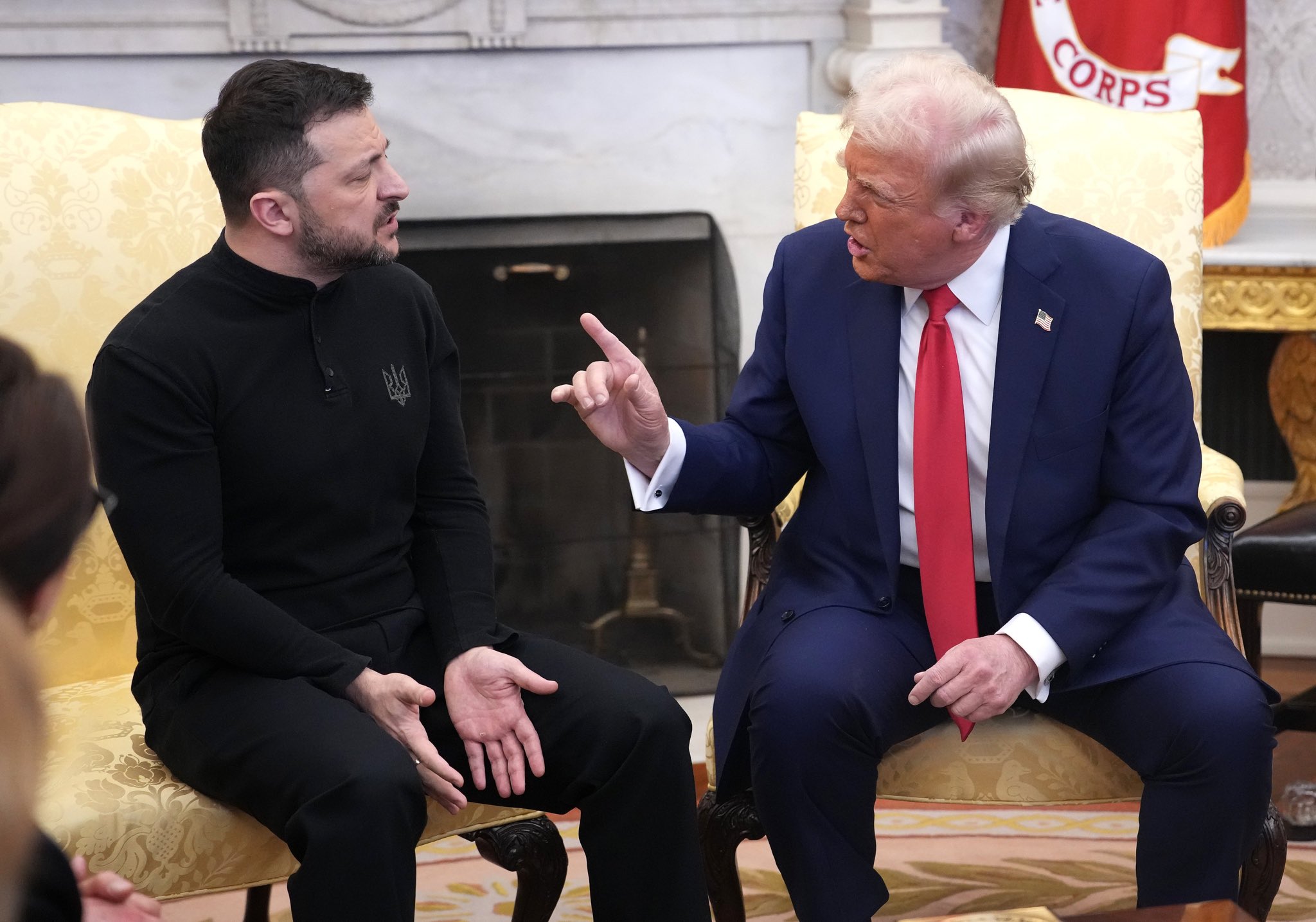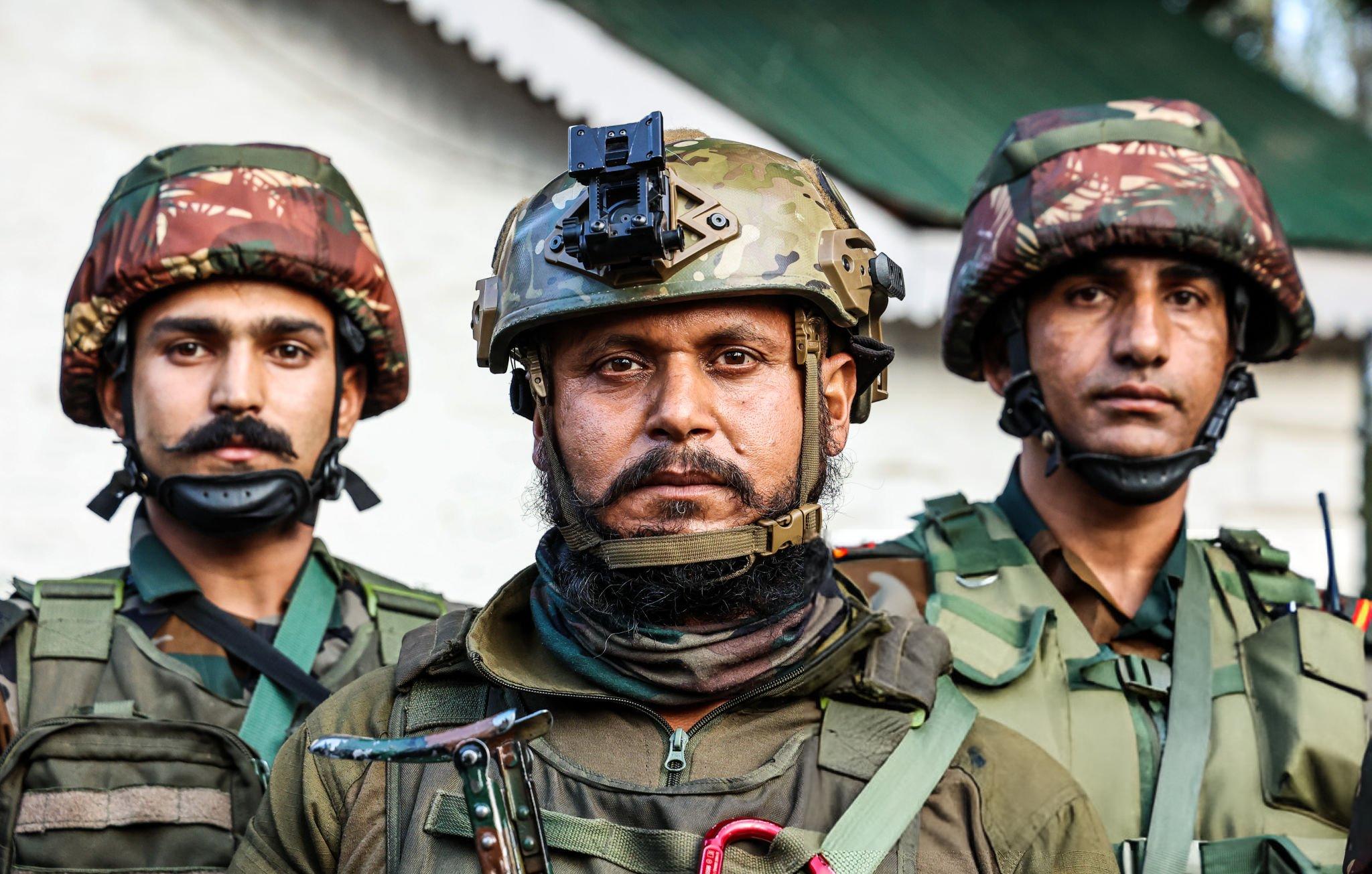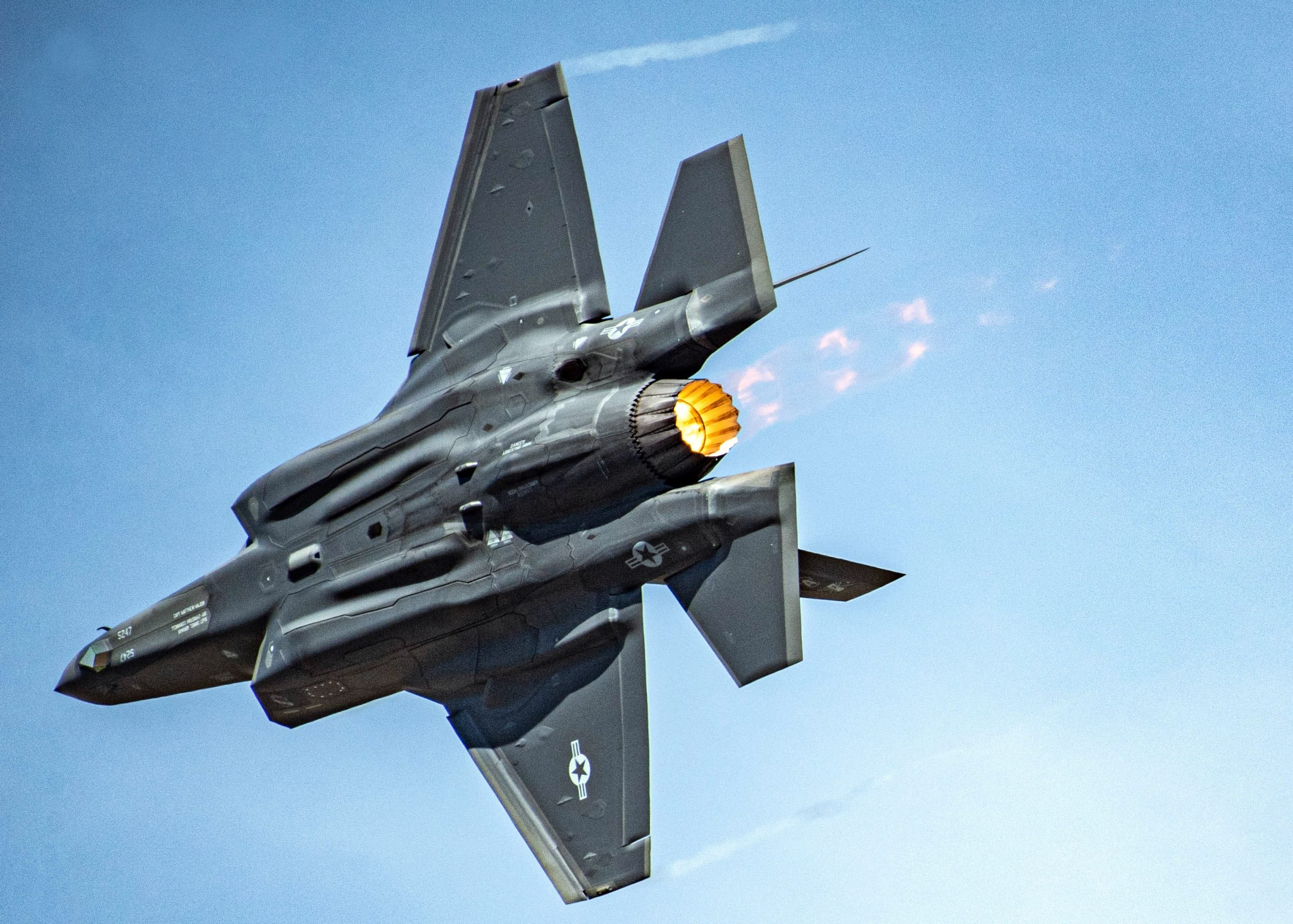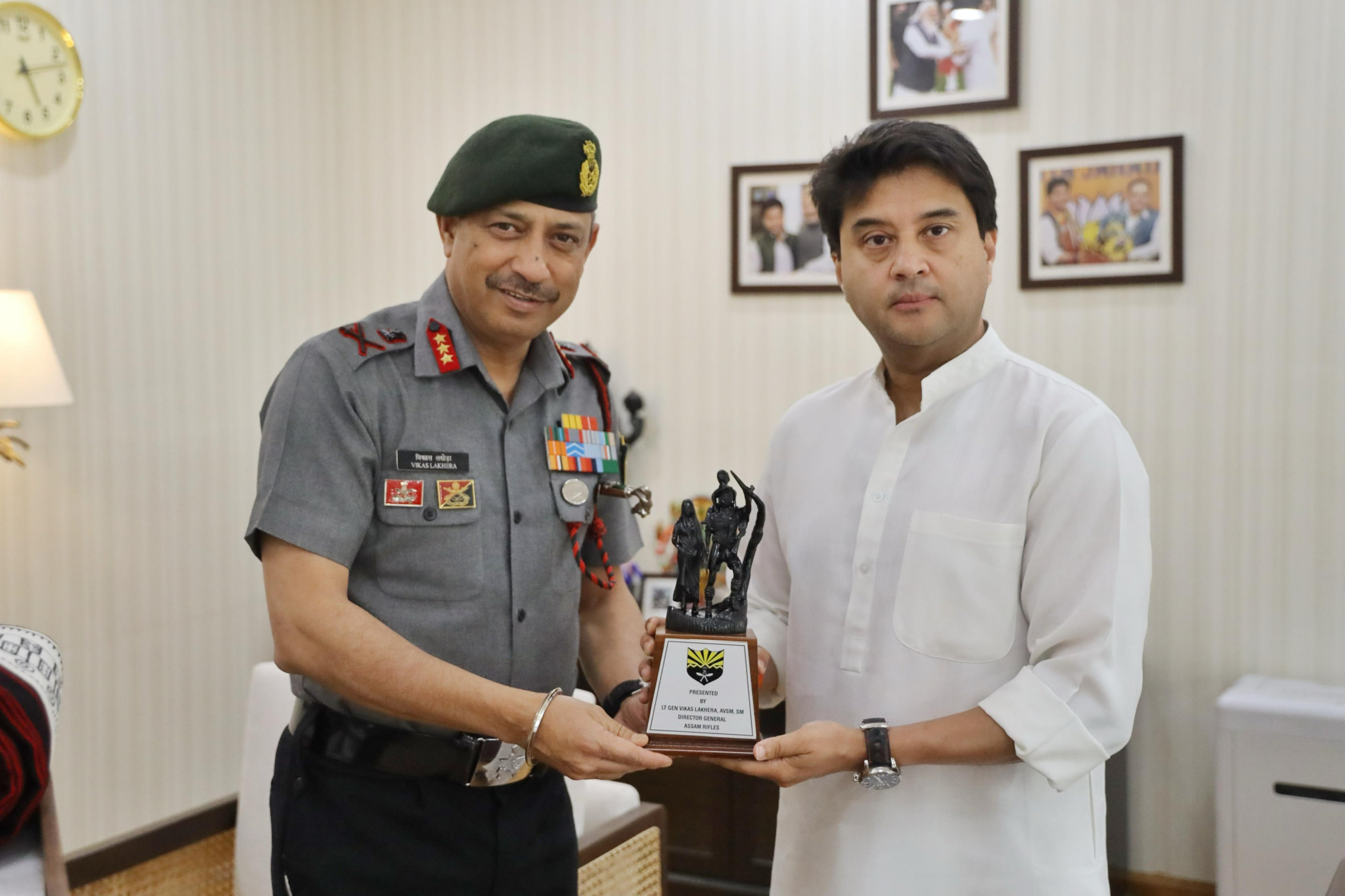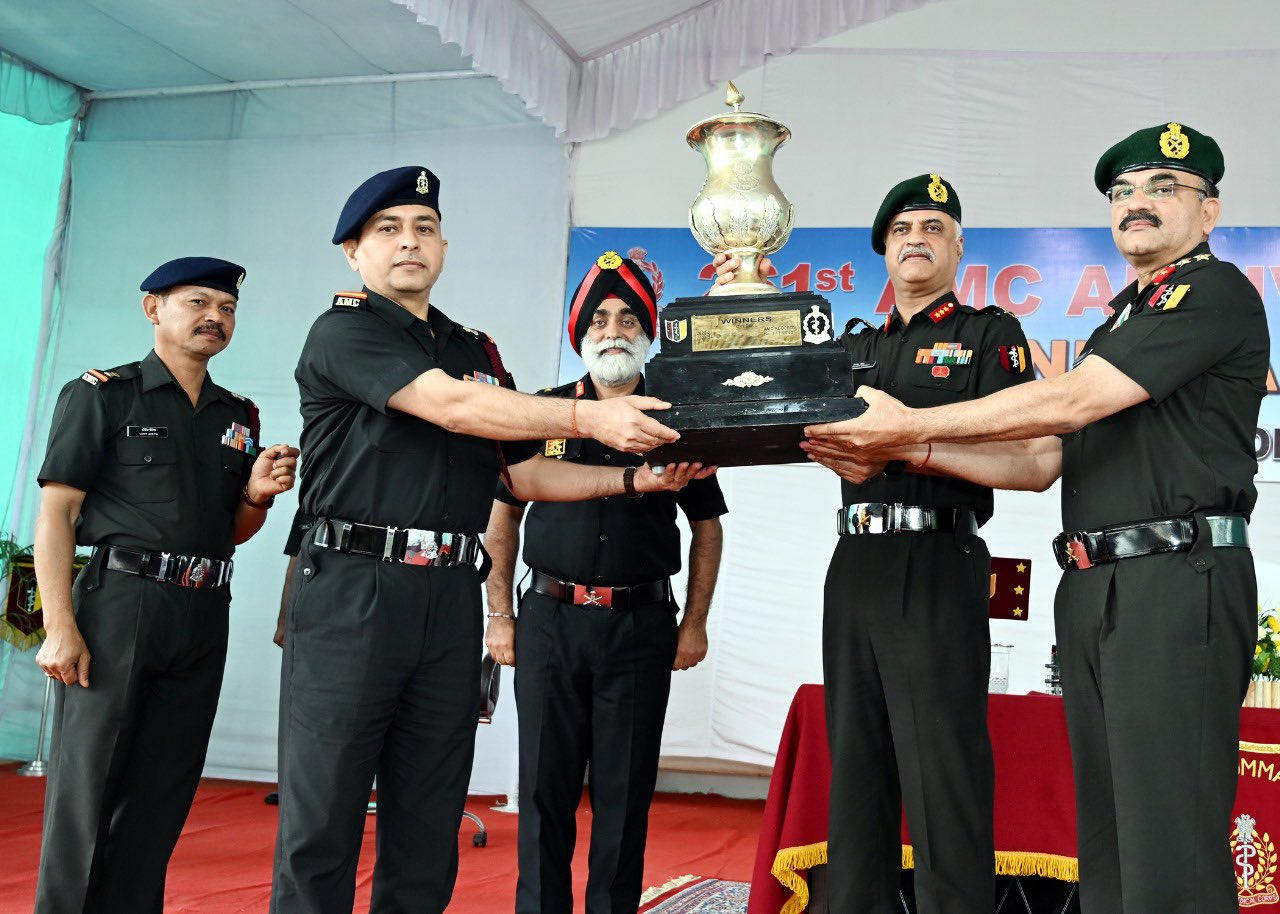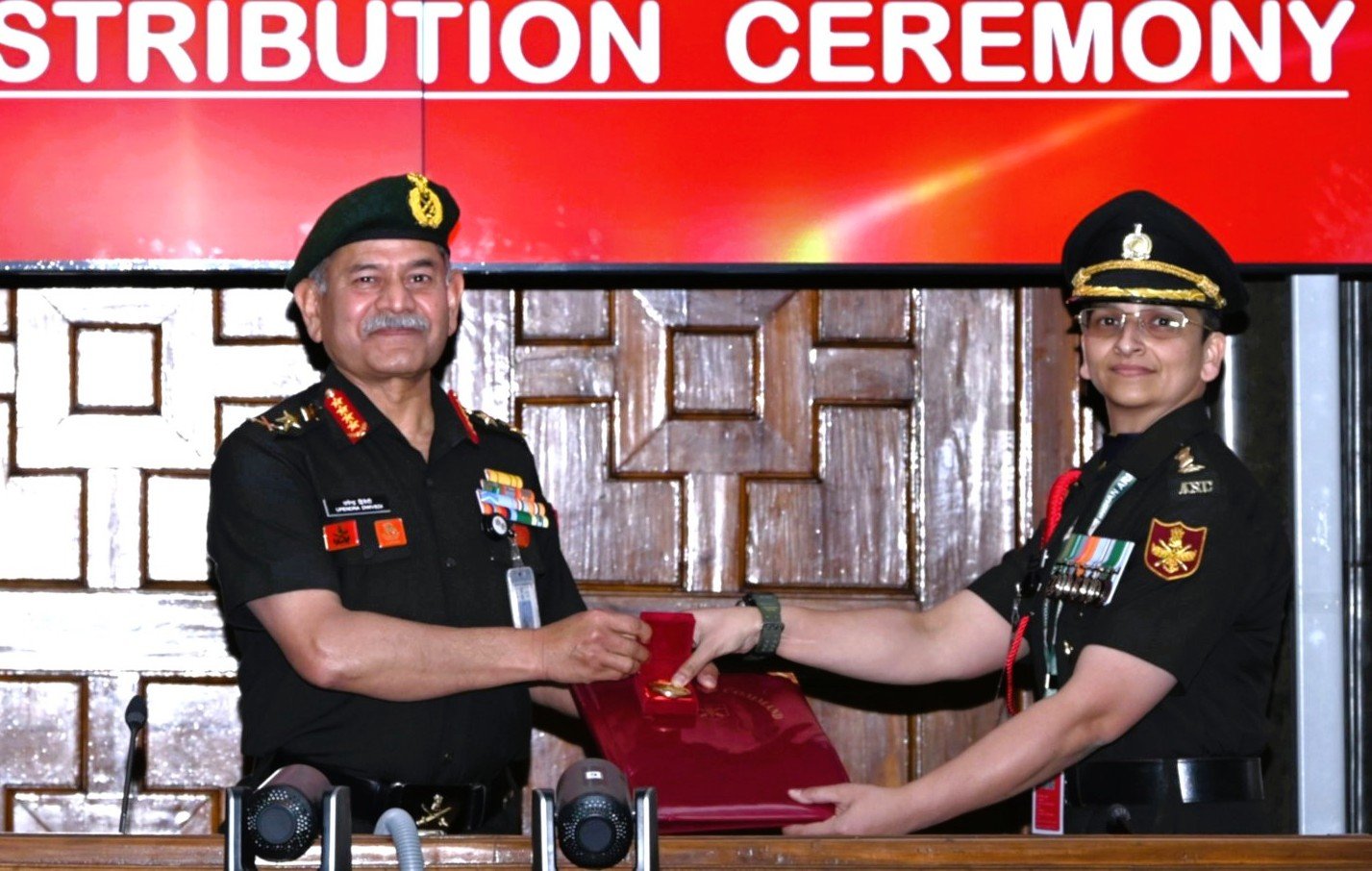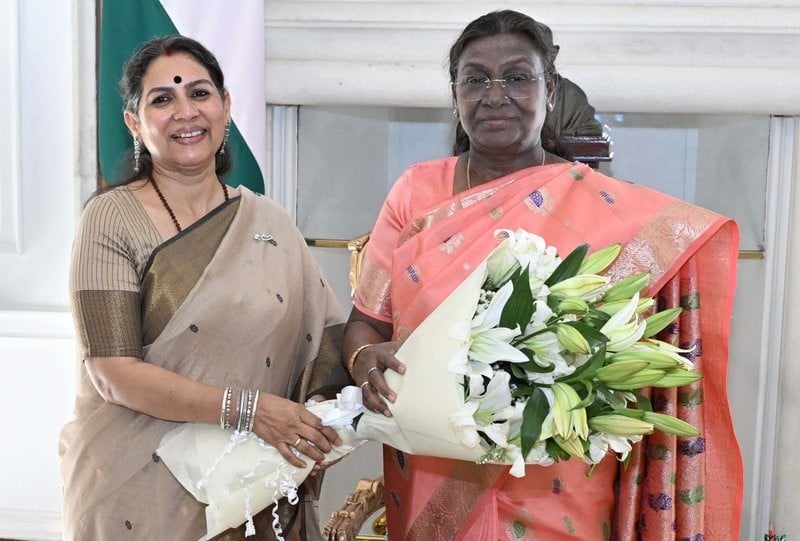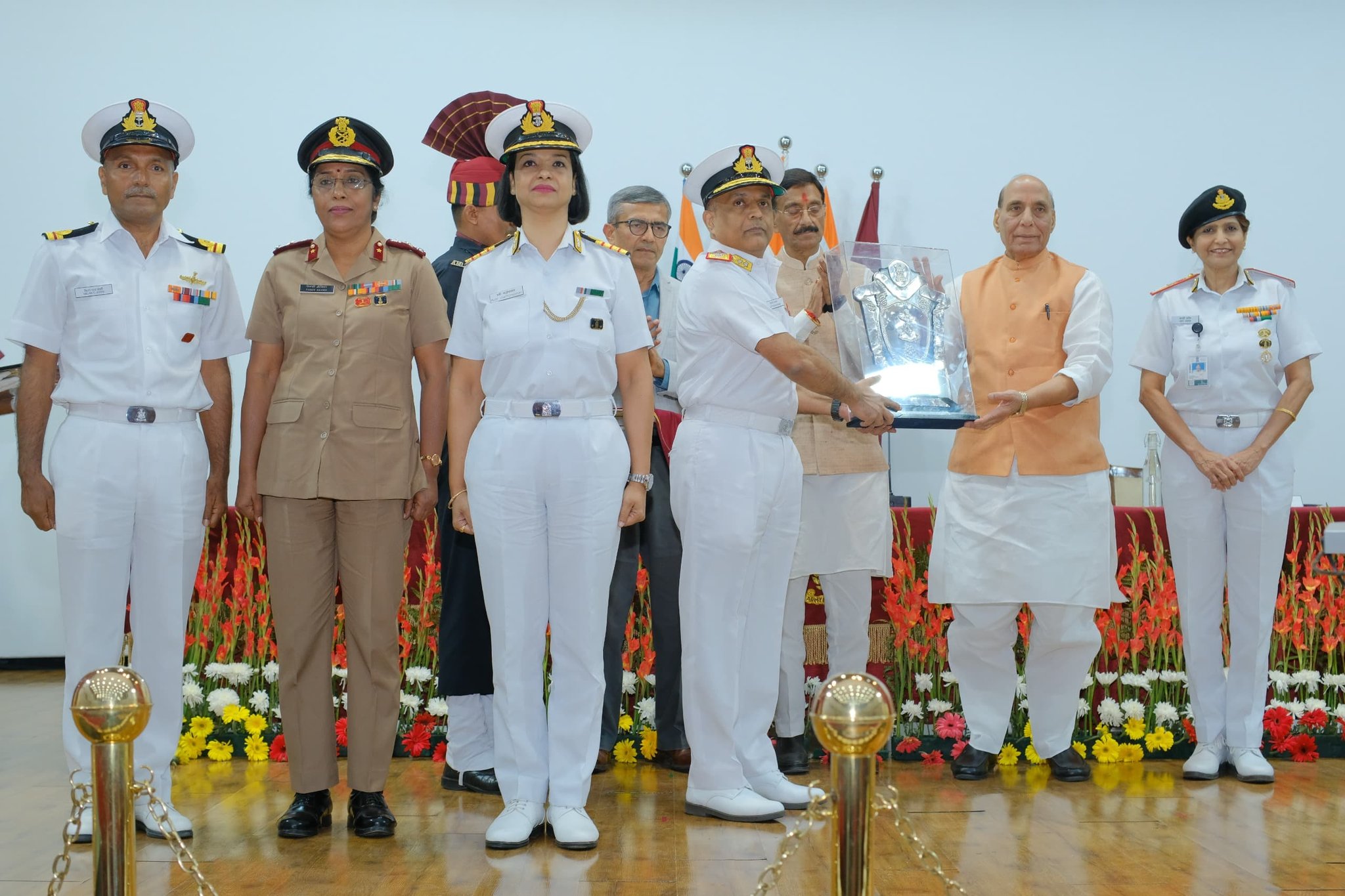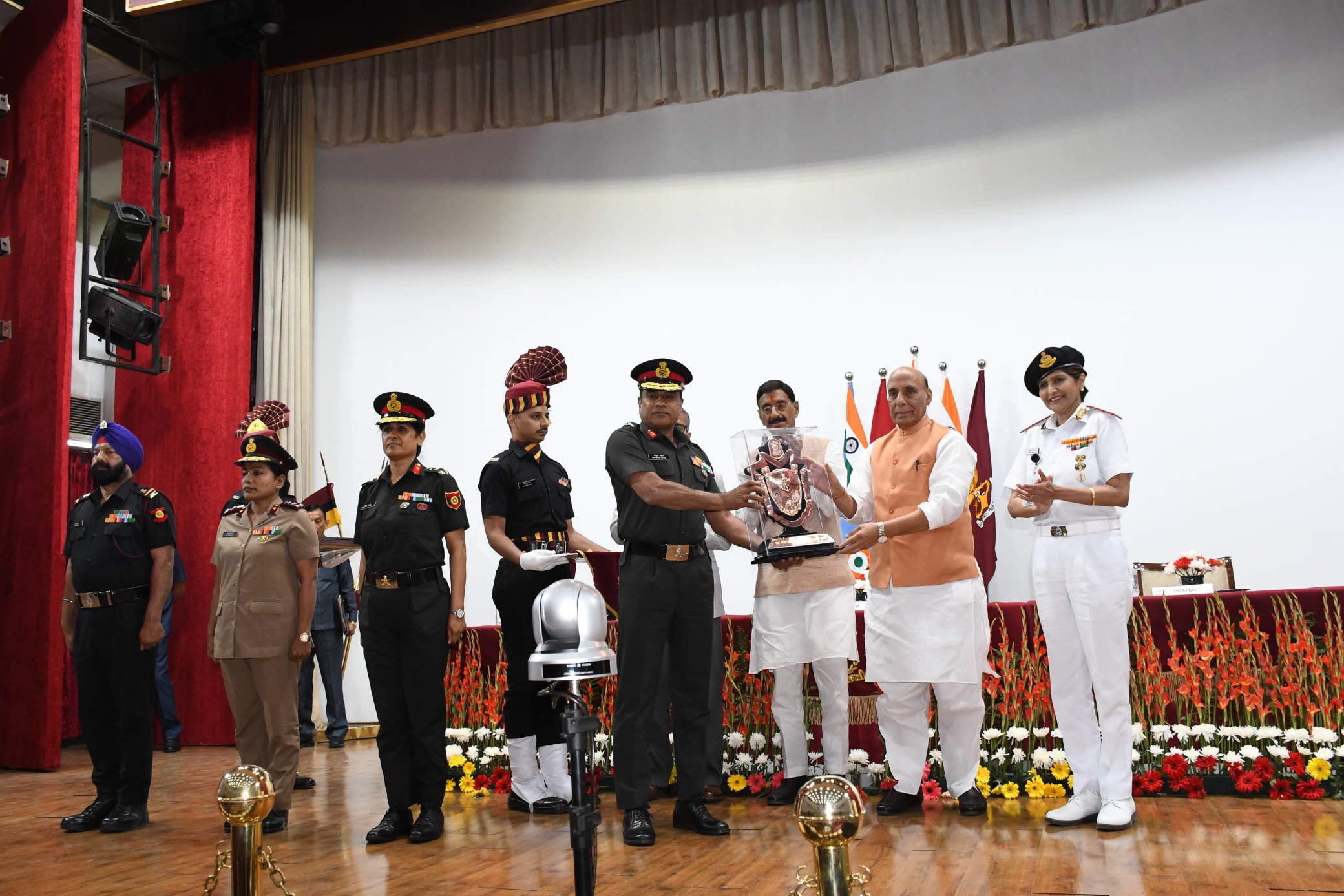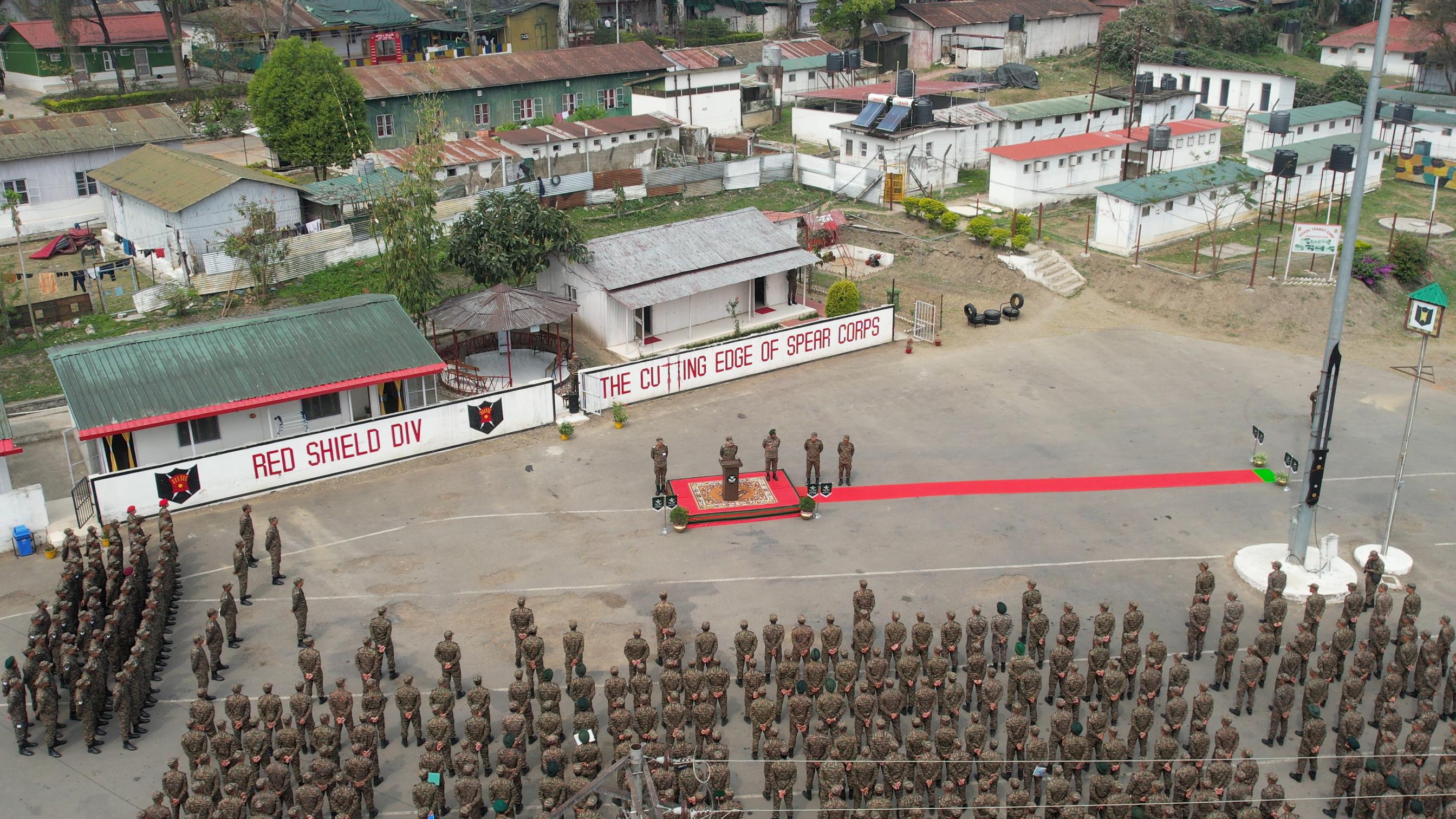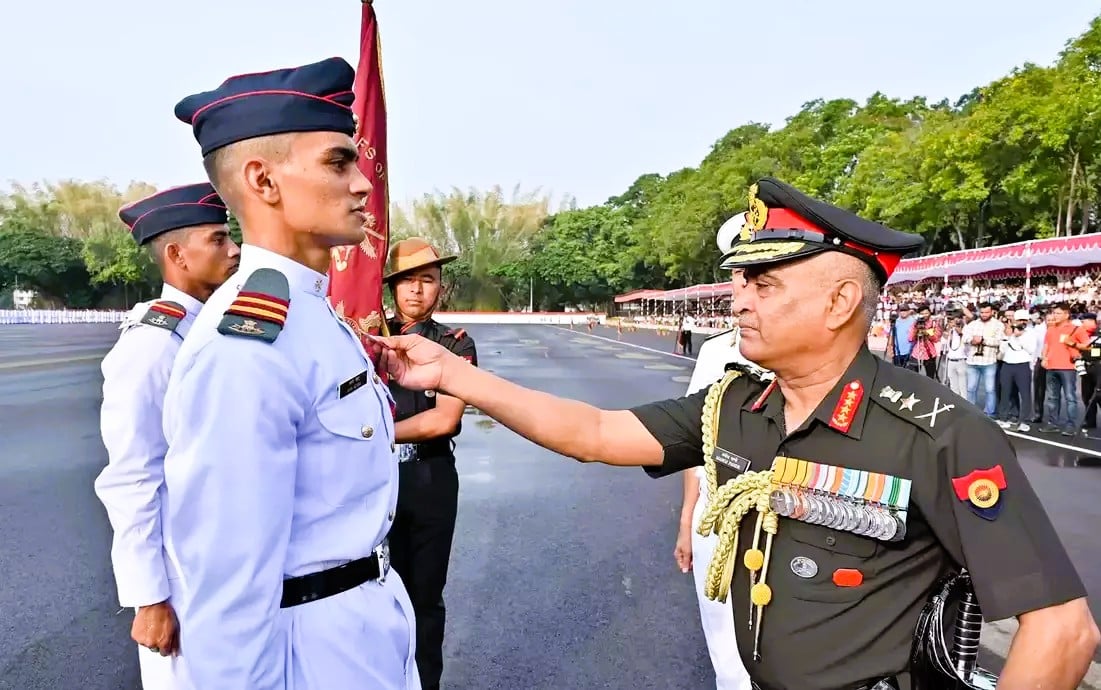Special Group India ranks among the most enigmatic military units ever raised on Indian soil. Created in 1981 under the classified Project Sunray, this elite force began its journey with a handpicked team of 250 personnel, each chosen for exceptional combat abilities and mental fortitude.
Military excellence flows through the unit’s DNA, shaped by rigorous training from Israel’s finest – the legendary Mossad operatives and battle-hardened commandos of Sayeret Matkal. Operating under Research and Analysis Wing (R&AW), these shadow warriors proved their mettle during Operation Blue Star in 1984, pioneering the deployment of AK-47 rifles in Indian special operations.
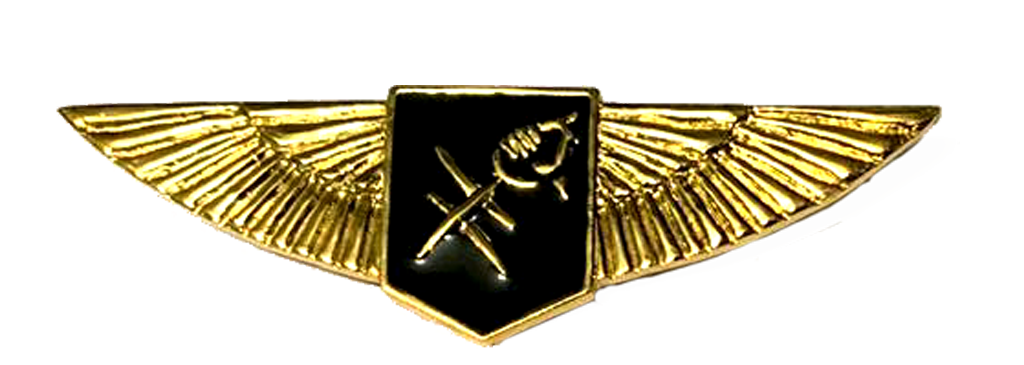
Your quest to understand this secretive force reveals a remarkable story of operational brilliance. From securing high-stakes international summits to executing classified cross-border missions, Special Group operators have consistently demonstrated unmatched tactical prowess. This detailed exploration uncovers five closely guarded facts about India’s premier special operations unit, showcasing the strategic capabilities and combat excellence that define their legacy of service to the nation.
Origins and Formation of Special Group (4 Vikas)
Military wisdom born from the 1962 Sino-Indian conflict sparked the creation of India’s most secretive combat unit. Research and Analysis Wing (R&AW) recognized this critical capability gap, leading to Special Group’s establishment in 1981.
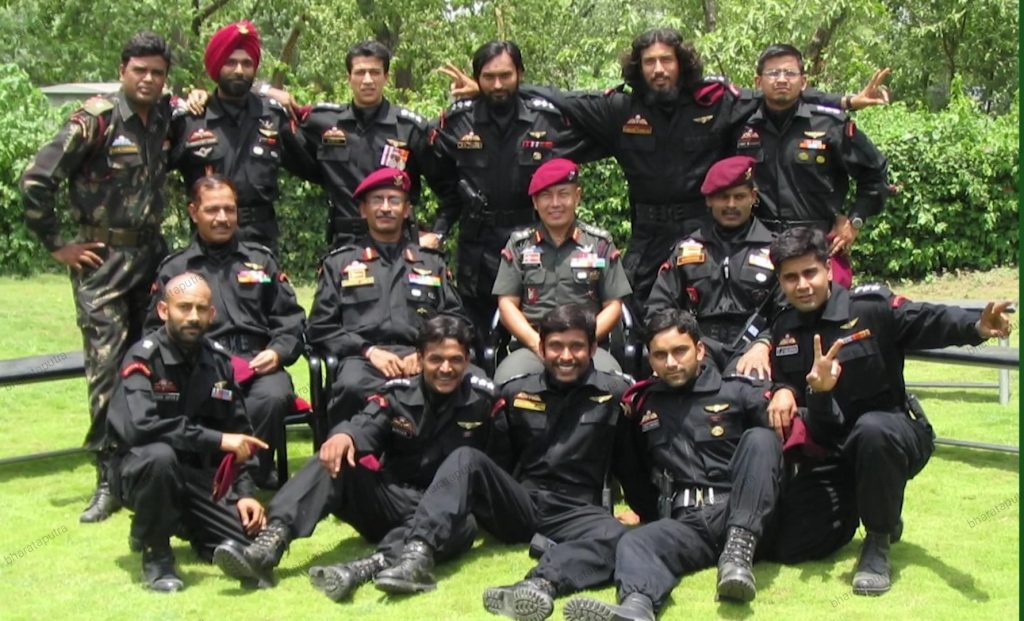
Project Sunray: The Birth of Special Group
Project Sunray emerged as R&AW’s masterplan in 1982. Military excellence guided the selection of a Para Special Forces officer who shouldered the responsibility of building an elite 250-member team. Strategic foresight placed this classified unit under the Directorate General of Security (DGS), which had already proven its worth under R&AW since 1968.
Initial Training by Mossad
Combat mastery demanded learning from the world’s finest. Early 1983 witnessed six chosen warriors undertaking classified training at an Israeli military facility. These pioneers absorbed battlefield wisdom directly from Mossad’s expert instructors at Sayeret Matkal’s secret training grounds. Their preparation focused on:
- Urban warfare tactics in simulated battlegrounds
- Elite hostage rescue operations
- Battle-tested combat techniques
Evolution into Modern Special Group
Special Group’s operational mandate grew beyond its initial scope. While counter-terrorism remained crucial, battlefield requirements pushed the unit toward more sophisticated covert missions.
Combat capabilities expanded through:
- Tactical mastery of advanced weapon systems
- Battle-hardened expertise across combat scenarios
- Modern warfare integration
Hidden within Sarsawa, Uttar Pradesh, their headquarters orchestrates India’s most sensitive operations. Military excellence flourished through partnerships with global elite forces:
| Training Partners | Areas of Expertise |
|---|---|
| Mossad | Counter-terrorism Operations |
| CIA | Covert Operations |
| MI6 | Intelligence Operations |
Operational prowess marked their journey forward. The unit demonstrated exceptional capabilities during the 1983 security operations at both Non-Aligned Movement summit and Commonwealth Heads of Government Meeting. Yet their true strength lay in executing classified missions demanding unmatched precision and absolute discretion.
Training standards surpass conventional military benchmarks. Battle tactics blend international special forces expertise into uniquely Indian solutions. Today’s Special Group stands as the silent guardian of national security, executing missions that demand supreme skill and unwavering dedication.
Special Group’s Elite Structure
Military precision defines every aspect of Special Group India’s combat structure. Four battle-ready squadrons form this elite force, each further organized into four troops of 25 warriors.
Four Squadron Organization
Combat effectiveness flows through four primary squadrons, each mastering distinct operational domains. Squadron independence ensures tactical flexibility, while synchronized coordination maximizes mission success. Strategic deployment across three to four companies optimizes battlefield performance and operational reach.
Command and Control Hierarchy
Military excellence demands clear chains of command:
| Command Level | Authority |
|---|---|
| Strategic Command | Prime Minister through Cabinet Secretariat |
| Operational Control | Secretary (Research) – RAW |
| Tactical Command | Directorate General of Security |
| Field Operations | Squadron Commanders |
Battle readiness emanates from their headquarters at Sarsawa, Uttar Pradesh, under the watchful eyes of RAW’s Directorate General of Security. Warriors stand vigilant round the clock, prepared for immediate deployment into crisis zones.
Specialized Skillsets of Each Squadron
Combat mastery spans multiple operational domains:
- Intelligence Operations
- Shadow warfare through covert intelligence
- Mission planning excellence
- Strategic battlefield reconnaissance
- Combat Operations
- Precision strike missions
- Elite counter-terrorism response
- Stealth tactical deployment
Each troop brings unique battlefield capabilities, maximizing effectiveness in designated combat roles. Para Special Forces veterans form the unit’s backbone, ensuring superior combat standards. Dedicated wings master advanced communications and tactical training protocols.
Battlefield adaptability remains paramount in force structure design. Special Group’s training excellence places them among India’s most formidable combat units. Their unique operational approach blends international special forces wisdom with Indian military doctrine, creating an unmatched combat capability.
Advanced Training and Selection
Special Group warriors emerge from India’s most demanding selection process. Physical excellence and mental resilience mark every phase of their journey, as the unit accepts only exceptional operators who prove their worth through unmatched standards.
Special Group Selection Process
Selection rigor surpasses the legendary standards of Para SF and MARCOS. Aspiring warriors must demonstrate:
| Selection Criteria | Minimum Requirements |
|---|---|
| Physical Fitness | 100% score in fitness tests |
| Written Assessment | 50% minimum marks |
| Service Background | Para SF/SFF or other qualified units |
Para Special Forces form the primary selection pool, though exceptional soldiers from Engineers and Army Service Corps earn their place through demonstrated excellence.
Specialized Combat Training
Warriors master multiple warfare domains, preparing for battlefield challenges across diverse operational theaters. Training excellence spans:
- Mountain Warfare
- High Altitude Warfare School mastery at Gulmarg
- German Alpine technical expertise
- Arctic combat proficiency
- Advanced Combat Skills
- Maritime warfare proficiency
- Airborne insertion mastery
- Jungle warfare expertise
- Krav Maga combat superiority
Each squadron undertakes specialized training aligned with mission profiles, mastering intelligence craft, operational planning, and tactical execution.
Advanced Weapons Training
Special Group’s weapons excellence program combines cutting-edge simulation systems with tactical live-fire exercises. RAW channels provide access to superior weaponry, ensuring tactical dominance with modern combat systems.
Weapons mastery demands:
- Precision marksmanship in varied conditions
- Superior weapon handling expertise
- Tactical shooting proficiency
- Combat engagement excellence
Warriors prove mastery across weapon systems before earning deployment rights. Training excellence utilizes advanced simulators offering:
- Battle terrain replication
- Multi-warrior engagement scenarios
- Performance measurement systems
- Mission analysis protocols
Dedicated training wings continuously refine combat procedures. While incorporating global special operations wisdom, training focus remains steadfast – creating versatile warriors who excel in complex missions across challenging operational environments.
Notable Covert Operations
Special Group’s classified missions stand testament to their battlefield supremacy. Each operation showcases their decisive impact on India’s security landscape, whether confronting internal threats or executing sensitive missions beyond borders.
Operation Blue Star Involvement
June 1984 marked Special Group’s baptism by fire during Operation Blue Star. Armed with Europe-sourced night vision goggles and AK-47 rifles, these shadow warriors spearheaded the decisive assault on June 6, 1984. Their exclusive access to AK-47s proved crucial to mission success.
| Operation Phase | Special Group’s Role |
|---|---|
| Pre-Operation | Created executable tactical plan |
| Planning | Collaborated with British SAS advisor |
| Execution | Led night assault in black uniforms |
| Outcome | Successful mission completion |
Counter-terrorism Operations
Silent guardians of national security, Special Group operators excel in deniable counter-terrorism missions. Their battle-proven methodology encompasses:
- Shadow surveillance of threat networks
- Lightning strikes on terrorist leadership
- Swift cross-border pursuit
- Precision elimination of critical threats
Mission success speaks through their elimination of a senior Hizbul-Mujahideen commander, striking back against attacks on Indian forces. Their intelligence gathering prowess continuously unmasks terrorist movements and infrastructure.
Cross-border Operations
Special Group’s operational footprint extends far beyond Indian borders. Their rescue mission in Bangladesh during the late 1980s, executed under direct prime ministerial orders, demonstrated their strategic reach.
Sri Lankan deployment showcased their training excellence as they shaped various groups into effective fighting units. Critical mission preparations include:
- Kahuta Nuclear Facility Operation (1999):
- Surgical strike planning
- Target vulnerability assessment
- Mission held in reserve
- IC-814 Hijacking Response:
- Combat team readiness
- Taliban resistance elimination plan
- Multiple rescue options developed
Battle readiness spans multiple operational theaters, cementing their position as India’s premier strategic response force. Their missions demand supreme operational security while navigating complex political waters.
The 1999 preparations targeting Pakistan’s Kahuta facility demonstrated their strategic planning capabilities. During the IC-814 crisis in Kandahar, they stood ready to clear the path for NSG operators, though diplomatic channels ultimately prevailed.
Special Group’s operational legacy reflects their unmatched adaptability – from direct combat to shadow warfare. Their missions form critical chapters in India’s security narrative, establishing them as the nation’s ultimate covert warfare specialists.
Modern Capabilities and Equipment
Battle supremacy demands cutting-edge weaponry and sophisticated combat systems. Special Group’s arsenal combines advanced military technology with specialized tactical equipment, enabling decisive action across challenging operational environments.
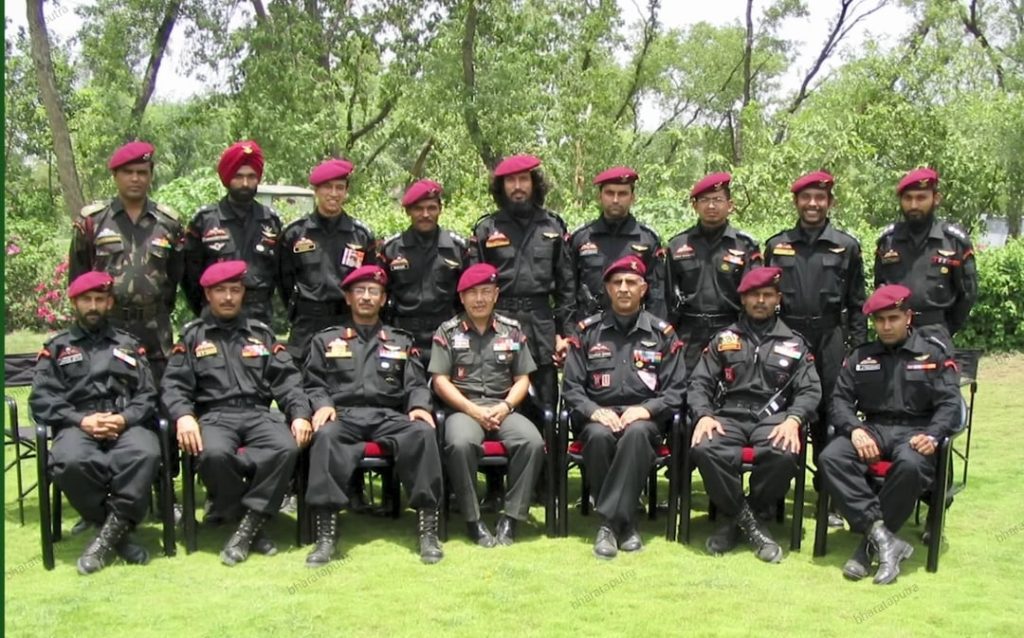
State-of-the-art Weaponry
Warriors wield precision weapon systems designed for battlefield dominance. Standard equipment includes:
| Weapon Type | Capabilities |
|---|---|
| Assault Rifles | Multi-caliber options with advanced optics |
| Sniper Systems | Long-range precision engagement |
| Support Weapons | Area denial and suppression capabilities |
| Specialized Equipment | Night vision and thermal imaging devices |
Hand Held Thermal Imagers pierce darkness to reveal hidden adversaries. Special Group’s weapon platforms match capabilities of elite global forces, surpassing conventional military standards.
Advanced Combat Gear
Tactical excellence demands mission-specific equipment. Operational gear enables mastery across:
- Mountain Warfare
- High-altitude survival systems
- Technical climbing arsenal
- Arctic combat equipment
- Amphibious Operations
- Combat diving apparatus
- Subsurface communication gear
- Maritime strike equipment
Protection systems and tactical gear support shadow operations across challenging environments. Mission readiness spans:
- Air Operations Equipment
- Tactical freefall systems
- RAM-Parachute insertion
- High-altitude combat gear
- Urban Combat Systems
- Tactical breaching tools
- Close-quarter battle equipment
- Secure communication devices
Special Operations Vehicles
Mission success demands specialized mobility platforms. Transport capabilities include:
- Ground Mobility
- Tactical all-terrain vehicles
- Stealth-modified transport
- Covert insertion platforms
- Air Transport
- Dedicated aviation assets
- ARC transport access
- Helicopter strike capability
Vehicle fleets receive constant upgrades incorporating battlefield innovations. Armored platforms feature advanced protection, secure communications, and mission-specific modifications.
Battlefield dominance extends through advanced surveillance systems, including tactical drones and target acquisition platforms. Operational edge maintained through:
- Enhanced Situational Awareness
- Live battlefield intelligence
- Precision target acquisition
- Encrypted tactical networks
- Mission Support Systems
- Electronic warfare supremacy
- Counter-surveillance mastery
- Tactical communication control
RAW channels provide access to sophisticated military technology, cementing Special Group’s position as India’s premier special operations force. Equipment selection prioritizes tactical flexibility, ensuring mission success across diverse combat zones.
Comparison Table
Special Group’s operational evolution spans multiple domains, each marking distinct milestones in combat capability development.
| Aspect | Timeline/Year | Key Features | Personnel/Structure | Training/Requirements | Notable Aspects/Equipment |
|---|---|---|---|---|---|
| Origins and Formation | 1981-1982 | Project Sunray establishment; Mossad tactical guidance | 250 chosen warriors | Sayeret Matkal combat doctrine; Mossad special warfare training | Pioneered AK-47 rifle deployment |
| Elite Structure | Not mentioned | Four battle-ready squadrons; DGS-RAW command | 25 operators per troop; 4 troops per squadron | Para Special Forces selection | Command center at Sarsawa, UP |
| Advanced Training | Not mentioned | Multi-terrain warfare mastery; Specialized combat protocols | Para SF/SFF veteran recruitment | Perfect fitness score mandate; Written evaluation threshold 50% | Mountain combat systems, maritime warfare gear, tactical expertise |
| Notable Operations | 1984 onwards | Operation Blue Star tactical success; Counter-terror missions | Dedicated strike teams | Night combat proficiency; Covert warfare expertise | Night vision systems; AK-47 platforms; Tactical uniforms |
| Modern Capabilities | Current | Full-spectrum operational readiness | Not mentioned | Advanced weapons mastery; Combat simulation expertise | Thermal detection systems; Tactical insertion gear; Mission-specific vehicles |
This tactical framework showcases Special Group’s evolution from its classified origins to its current status as India’s premier special operations unit. Each aspect reflects carefully developed combat capabilities, ensuring mission success across diverse operational environments.
Conclusion
Special Group’s legacy stands etched in golden letters of military history. Project Sunray’s vision has blossomed into India’s most formidable special operations capability. Mossad’s combat wisdom and battlefield triumphs like Operation Blue Star mark their journey of excellence in service to the nation.
Silent warriors shape India’s security landscape through classified missions – from dismantling terror networks to executing precise cross-border strikes. Only the finest warriors emerge through their grueling selection crucible, facing physical challenges that forge iron will and tactical mastery.
Battle supremacy flows from their arsenal of advanced weaponry, specialized vehicles, and cutting-edge combat systems. Though their missions remain classified, their operational excellence speaks through results that secure India’s strategic interests. Special Group’s shadow warriors stand ready – unseen guardians whose dedication and sacrifice protect our nation’s future.
FAQs
Q1. What is the Special Group India (4 Vikas) and when was it formed?
The Special Group India, also known as 4 Vikas, is an elite special operations unit established in 1981 under Project Sunray. It operates under the Research and Analysis Wing (R&AW) and was initially formed with 250 personnel.
Q2. How does the Special Group’s training compare to other military units?
The Special Group undergoes exceptionally rigorous training that surpasses conventional military programs. Their training includes specialized combat skills, advanced weapons handling, and multi-domain warfare techniques. Candidates must achieve a 100% score in fitness tests and demonstrate proficiency in various combat scenarios.
Q3. What are some notable operations the Special Group has been involved in?
While many of their operations remain classified, the Special Group played a significant role in Operation Blue Star in 1984. They have also been involved in various counter-terrorism missions and cross-border operations, showcasing their versatility in high-stakes situations.
Q4. How is the Special Group structured?
The Special Group is organized into four distinct squadrons, each further divided into four troops containing 25 personnel. This structure allows for specialized focus areas and operational flexibility. The unit operates under the Directorate General of Security of R&AW, with its headquarters in Sarsawa, Uttar Pradesh.
Q5. What kind of equipment and technology does the Special Group use?
The Special Group utilizes state-of-the-art weaponry and advanced combat gear. Their arsenal includes sophisticated weapon systems with multi-caliber options, night vision and thermal imaging devices, and specialized vehicles for various terrains. They also have access to cutting-edge surveillance technology and advanced tactical equipment for diverse mission profiles.

